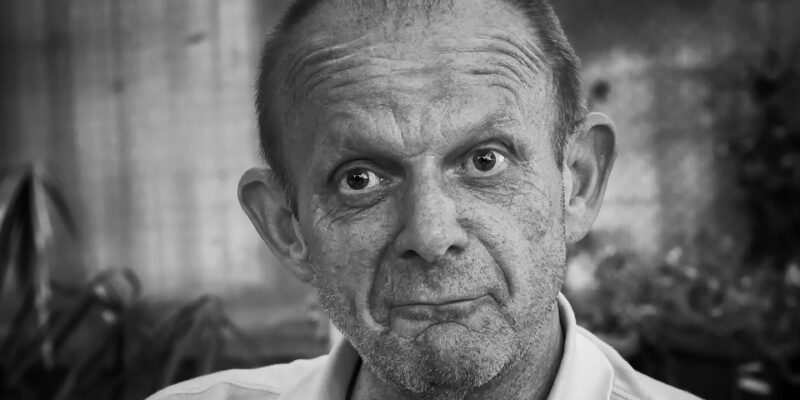Enhancing User Experience with 3D Facial Expressions in Virtual Reality
Virtual reality (VR) technology has come a long way in recent years, allowing users to immerse themselves in a variety of simulated environments. One key aspect of creating a truly immersive VR experience is the ability for users to interact with the virtual world in a natural and intuitive way. One way this can be achieved is through the use of 3D facial expressions, which can greatly enhance the user experience in VR.
The Power of Facial Expressions
Facial expressions play a crucial role in human communication, conveying emotions and intentions in a way that words alone cannot. In the real world, we are constantly interpreting the facial expressions of others to understand how they are feeling and to react accordingly. In VR, the ability to accurately capture and display facial expressions can help to bridge the gap between the virtual world and reality, making the experience feel more immersive and lifelike.
By incorporating 3D facial expressions into VR experiences, developers can create a more engaging and interactive environment for users. Whether it’s a virtual meeting, a social experience, or a gaming environment, the ability to see and express emotions through facial expressions can add a whole new dimension to the VR experience.
How 3D Facial Expressions Enhance User Experience
There are several ways in which 3D facial expressions can enhance the user experience in virtual reality:
1. Enhanced Communication: In virtual meetings or social interactions, being able to see the facial expressions of others can greatly enhance communication. Users can convey emotions such as joy, surprise, frustration, or confusion through their facial expressions, adding an extra layer of depth to their interactions.
2. Immersive Gaming: In gaming environments, 3D facial expressions can make characters feel more lifelike and relatable. Players can see the emotions of their in-game avatars reflected in real-time, enhancing their connection to the virtual world and making the gaming experience more engaging.
3. Increased Empathy: Seeing the facial expressions of others in VR can create a stronger sense of empathy and emotional connection. Users are more likely to feel a connection to virtual characters or fellow users when they can see and react to their emotions in real-time.
4. Personalization: By using 3D facial expressions, developers can create customized experiences for users based on their individual facial features and expressions. This level of personalization can make users feel more connected to the virtual world and create a more tailored experience.
Implementing 3D Facial Expressions in VR
There are several ways in which developers can incorporate 3D facial expressions into VR experiences:
1. Facial tracking technology: By using advanced facial tracking technology, developers can capture the movements and expressions of a user’s face in real-time. This data can then be used to animate virtual avatars or characters, creating a more immersive and interactive experience.
2. Facial recognition software: Developers can also use facial recognition software to analyze a user’s facial expressions and emotions. This data can be used to dynamically adjust the virtual environment or trigger specific reactions based on the user’s emotions.
3. Animation tools: Developers can use animation tools to create realistic 3D facial expressions for virtual characters. By carefully crafting the facial animations, developers can create characters that feel more human-like and expressive.
Challenges and Future Opportunities
While the use of 3D facial expressions in virtual reality can greatly enhance the user experience, there are still some challenges to overcome. One major challenge is ensuring that the technology is accurate and responsive enough to accurately capture and display real-time facial expressions. In addition, developers must also consider user privacy and security concerns when implementing facial tracking technology.
Despite these challenges, the future of 3D facial expressions in VR is promising. As technology continues to advance, we can expect to see even more realistic and immersive virtual experiences that leverage the power of facial expressions. With the ability to communicate and interact with others in a more natural and intuitive way, the potential for 3D facial expressions in VR is limitless.
In conclusion, incorporating 3D facial expressions into virtual reality experiences can greatly enhance user experience in a variety of applications. From virtual meetings and social interactions to gaming environments, the ability to see and express emotions through facial expressions can make the virtual world feel more immersive and lifelike. As technology continues to advance, we can expect to see even more innovative uses of 3D facial expressions in virtual reality, further enhancing the user experience and creating truly immersive virtual environments.
